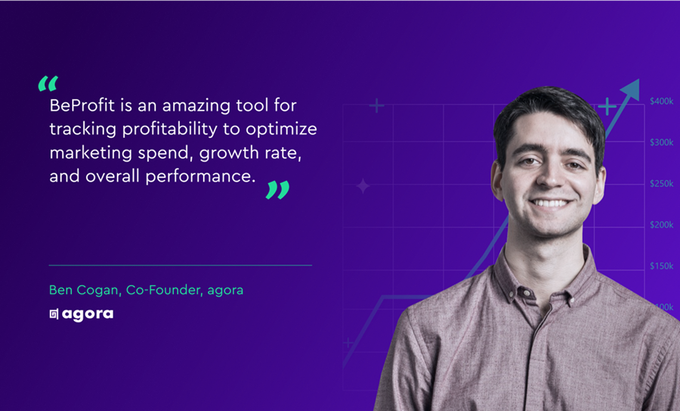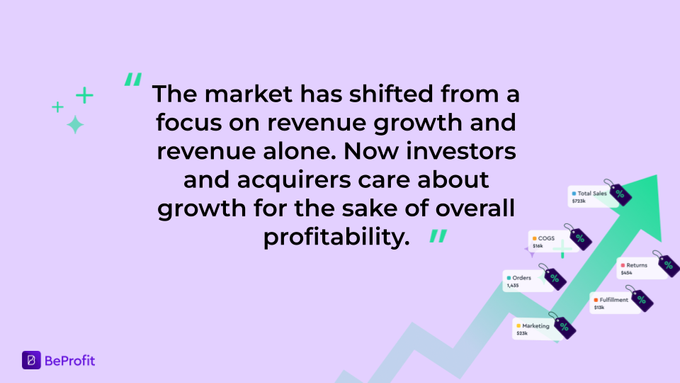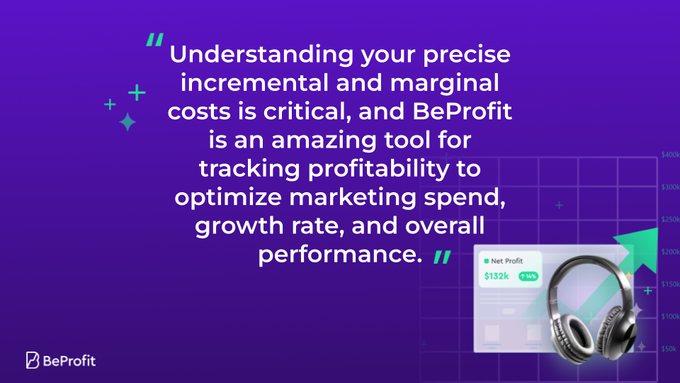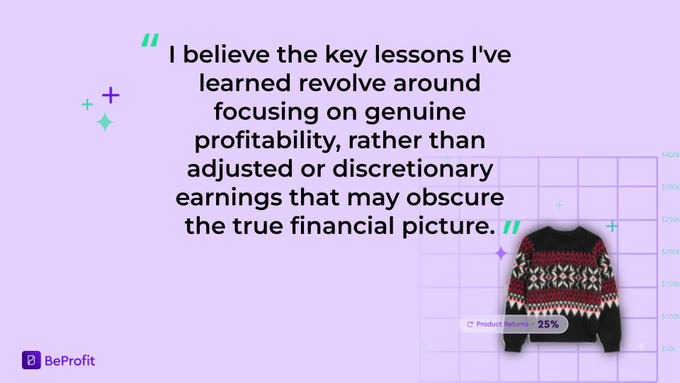Q&A with Ben Cogan: How Agora Smartly Manages Brands to Drive Profitability
Published March 11, 2024

We sat down with Ben Cogan, from Agora Brands, a super successful eCommerce brand aggregator, to hear about their approach to acquiring and managing D2C brands.
Ben shared his expert insights on maximizing eCommerce profitability through strategic management and transparent financial tracking practices, key lessons from his journey when he started as a brand owner until his current perspective as the co-founder of Agora Brands, and how Agora Brands leverages technology and data for success. Here's what we learned from our conversation.
Q: Can you provide an overview of Agora Brands?
Ben: “Agora Brands acquires wonderful direct-to-consumer (D2C) brands and operates them as a 'D2C aggregator.' The goal is to provide an exit for smaller, profitable D2C brands that are too small to be acquired by large consumer packaged goods (CPG) companies or private equity but have grown beyond what a solo founder wants to continue operating forever.
By bringing multiple brands under one roof, Agora Brands also aims to gain efficiencies and enhance operations.”
Q: What would you recommend eCommerce founders do to get a true sense of their profitability, and what is your belief or philosophy when it comes to eCommerce tracking? Ben: “We're in a very different place than the start of 2015. The market has shifted from a focus on revenue growth and revenue alone. Now investors and acquirers care about growth for the sake of overall profitability. Focusing on profitability ensures you'll have enough cash to continue growing while becoming more profitable.
It also makes it much easier to sell the business or pay dividends. There are very few buyers still focused solely on growth without profitability.”
Q: You mentioned some key lessons learned from your D2C experience. Can you share one or two top lessons?
Ben: “It used to be common to raise a lot of VC funding to aggressively pursue growth, but now it's clear that few buyers will pay what investors hoped for those businesses. It's better to focus on profitability, which we realized early on with Hubble.
With Agora, we felt it's easier to build a large company through several smaller, profitable brands rather than over-scaling one brand past maximal profitability.”
Q: You previously mentioned the advantage of operating multiple brands together. Given your extensive experience with D2C brands and your transition to a multi-branded approach, how has this shift impacted your mindset and approach to profitability?
Ben: “Before Agora, I founded Hubble, a direct-to-consumer contact lens business. While focusing on one brand was rewarding, we realized that the lessons learned from Hubble could benefit other eCommerce brands. Hence, Agora was born. Despite differences across categories, many operational aspects are similar.
We believed these lessons could be applied broadly. Bringing multiple brands under one roof allows for increased profitability through synergies and enhanced scalability. Additionally, by combining brands, we can achieve the 'one plus one equals three' effect, realizing cost and demand synergies.”
Q: What key metrics or North Star goals do you focus on for your brands?
Ben: “Understanding your precise incremental and marginal costs is critical, and BeProfit is an amazing tool for tracking profitability to optimize marketing spend, growth rate, and overall performance. This includes all costs like COGS, fulfillment, transaction fees, returns, packaging, customer service, and more. Granular profit data helps you make better decisions.
We're focused on profitability and cash flow, which are related but distinct. Sometimes you need to invest in the short-term for long-term profitability. But our North Star is always profitability, for this year and every year going forward.”
Q: Where do you see the biggest opportunities to improve profitability operationally beyond marketing?
Ben: “I don't really think that marketing is the biggest one. Many eCommerce brands allocate 20%-40% of their revenue to marketing, so making small improvements there can yield significant results.
Another aspect to consider is that as brands grow larger, they often gain more leverage with suppliers. Negotiating for better costs on major products becomes feasible, especially when comparing quotes from different companies and leveraging your status as a reliable customer.
Exploring alternative payment terms, such as paying more upfront for guaranteed faster payments, can also lead to reduced costs. Additionally, capitalizing on benefits like cashback by using business credit cards for expenses can generate considerable savings.
Furthermore, aggregating brands allows for better negotiation terms with shipping carriers like UPS or FedEx.
Lastly, addressing customer service costs is crucial. As businesses expand, the need for customer service support grows proportionally. Implementing cost-saving measures such as automation and outsourcing can help optimize expenses in this area.”
Q: Any other key advice you want to share?
Ben: “I believe the key lessons I've learned revolve around focusing on genuine profitability, rather than adjusted or discretionary earnings that may obscure the true financial picture. Many metrics can mask actual profitability, but adhering to true GAAP (Generally Accepted Accounting Principles) profitability is essential.
Often, people adjust costs that are genuine expenses. For instance, if a company undergoes a brand refresh and doesn't include it in the profitability calculation, it overlooks a real expense. While it may seem like a one-off cost, businesses incur various one-time expenses annually. Neglecting to account for these can result in underestimating costs and misleading financial assessments. Therefore, it's crucial to factor in a buffer for such expenses.
By focusing on true profitability and avoiding adjustments that mask actual costs, businesses can gain a clearer understanding of their financial health and make informed decisions for sustainable growth.”










